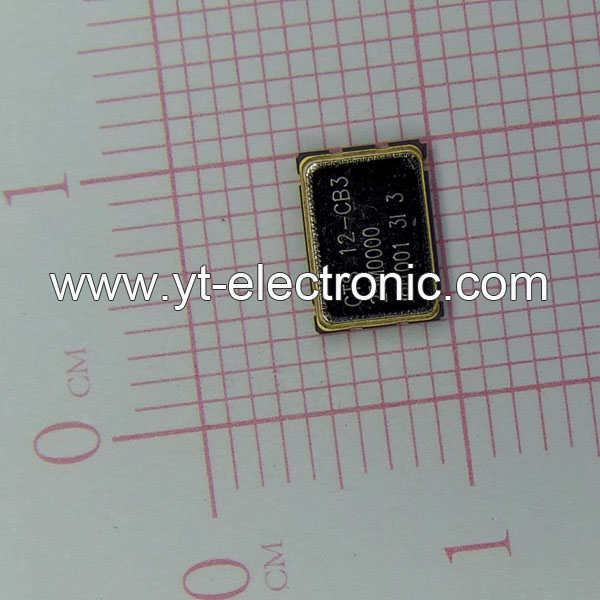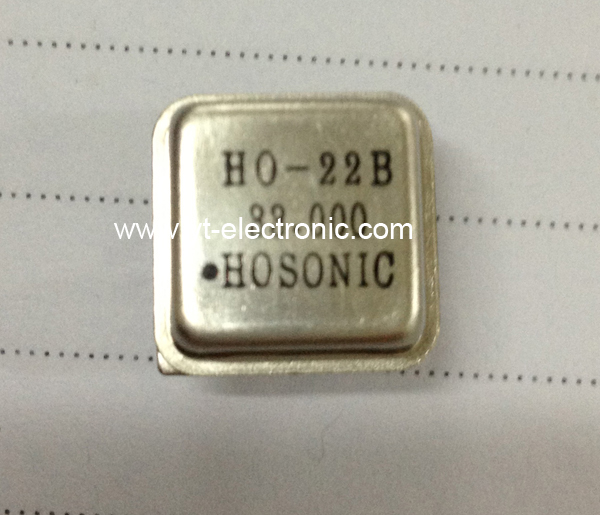Crystals, Oscillators, Resonators
Crystals, oscillators and resonators each have their own characteristics and different application scenarios. In actual design, frequency stability, power consumption, cost and environmental factors need to be considered comprehensively.
1. What are Crystals?
Definition: Crystals are typical passive devices (Passive Device), the main component of which is quartz (SiO₂), which use the piezoelectric effect to realize the mutual conversion of mechanical vibration and electrical signals.
Working principle: When an external voltage is applied, the crystal generates a resonant signal of a fixed frequency through mechanical vibration, but it does not have the driving ability itself and needs to rely on external circuits (such as amplifiers and load capacitors) to maintain oscillation.
Application scenario: Commonly used in clock circuits (such as microcontrollers and communication equipment) to provide reference frequency, and the nominal frequency range covers kHz to MHz (such as 32.768kHz or 24MHz).
2. What are Oscillators?
Definition: Oscillators are active devices (Active Device), which integrate internal amplifier circuits, feedback resistors and voltage stabilization components, and can independently generate stable frequency signals.
Core features:
√Directly output clock signals (such as sine waves or square waves) without external driving circuits.
√Pins usually include power supply (VCC), ground (GND), output (OUT), etc., and the operating voltage supports 1.8V to 5V.
√High frequency stability, less affected by temperature and voltage fluctuations, suitable for high-precision scenarios (such as communication base stations, satellite navigation).
Classification: Including quartz crystal oscillators (XO), temperature-compensated oscillators (TCXO), voltage-controlled oscillators (VCXO), etc..
3. What are Resonators?
Definition: Resonators broadly include crystal resonators (Crystal Resonators) and ceramic resonators (Ceramic Resonators), both of which are passive devices and require external circuit excitation to work.
Difference from crystals:
√Structure: Crystal resonators are composed of a single quartz plate; ceramic resonators use piezoelectric ceramic materials, which are lower in cost but lower in precision.
√Performance: Crystal resonators have higher frequency stability and lower aging rates; ceramic resonators are suitable for cost-sensitive medium and low-frequency scenarios (such as home appliance control).
4. Comparison of Crystals, Oscillators and Resonators
|
Features |
Crystals |
Oscillators |
Resonators |
|
Device Type |
Passive |
Active |
Passive |
|
Drive Requirements |
External Circuit Required |
No External Circuit Required |
External Circuit Required |
|
Output Signal |
Resonant Signal (Amplification Required) |
Direct Output of Stable Clock Signal |
Resonant Signal (Amplification Required) |
|
Typical Applications |
High-precision clock reference |
Clock source for complex systems |
Low-cost, medium and low-frequency circuits |
|
Cost |
Medium |
High |
Low |
5. How to Choose Crystals, Oscillators and Resonators?
Accuracy First: Select a crystal or oscillator (such as TCXO) and optimize the circuit with load capacitance.
Cost Sensitive: Ceramic resonators can replace low-frequency crystals, but pay attention to the problem of temperature frequency deviation.
Power Consumption Limit: Silicon oscillators (such as MAX7375) are better than traditional discrete solutions in low-power scenarios.















